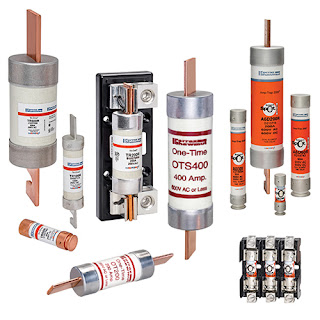Ultrasonic Inspection Detects Pipeline Defect
Ultrasonic inspection involves transmitting sound waves of short wavelength at high frequencies to identify flaws, measure the thickness of materials or detect corrosion.
Conventional ultrasonic testing equipment sends a pulsed beam of high-ultrasound from a handheld transducer, which is placed upon the surface of the object being tested. This wave is disturbed and then partially returned from spots with internal imperfections or from the back of the material wall.
Capturing and analysing the return sound can show the amplitude of the pulse and the duration taken for return to the transducer. By measuring this sound, a skilled operator can identify the location and orientation of imperfections and the wall thickness. Acceptance criteria define whether or not the indication is a defect. Ultrasonic testing is now being used more often for inspection than the traditional balance between radiographic testing and ultrasonic testing - especially for pipelines.
SGS has good experience of failure mechanisms. SGS's network operates all NDT technologies in more than 30 countries. SGS offers an integrated NDT service pack, combining inspection, supply-chain services and asset-integrity management. SGS offers conventional ultrasonic testing as well as other NDT methods.
Its service varies from standard non-destructive testing services to advanced NDT techniques such as risk-based inspections, time of flight diffraction, Corroscan, positive material identification, magnetic flux leakage, leak testing, thermography, electromagnetic testing, RFEC, iris, digital radiography, radiation detection RVI and endoscopy inspections. SGS also provides relevant NDT training courses including NDT ultrasonic testing courses and examinations suitable for PCN certification.
Conventional ultrasonic testing equipment sends a pulsed beam of high-ultrasound from a handheld transducer, which is placed upon the surface of the object being tested. This wave is disturbed and then partially returned from spots with internal imperfections or from the back of the material wall.
Capturing and analysing the return sound can show the amplitude of the pulse and the duration taken for return to the transducer. By measuring this sound, a skilled operator can identify the location and orientation of imperfections and the wall thickness. Acceptance criteria define whether or not the indication is a defect. Ultrasonic testing is now being used more often for inspection than the traditional balance between radiographic testing and ultrasonic testing - especially for pipelines.
SGS has good experience of failure mechanisms. SGS's network operates all NDT technologies in more than 30 countries. SGS offers an integrated NDT service pack, combining inspection, supply-chain services and asset-integrity management. SGS offers conventional ultrasonic testing as well as other NDT methods.
Its service varies from standard non-destructive testing services to advanced NDT techniques such as risk-based inspections, time of flight diffraction, Corroscan, positive material identification, magnetic flux leakage, leak testing, thermography, electromagnetic testing, RFEC, iris, digital radiography, radiation detection RVI and endoscopy inspections. SGS also provides relevant NDT training courses including NDT ultrasonic testing courses and examinations suitable for PCN certification.


Comments